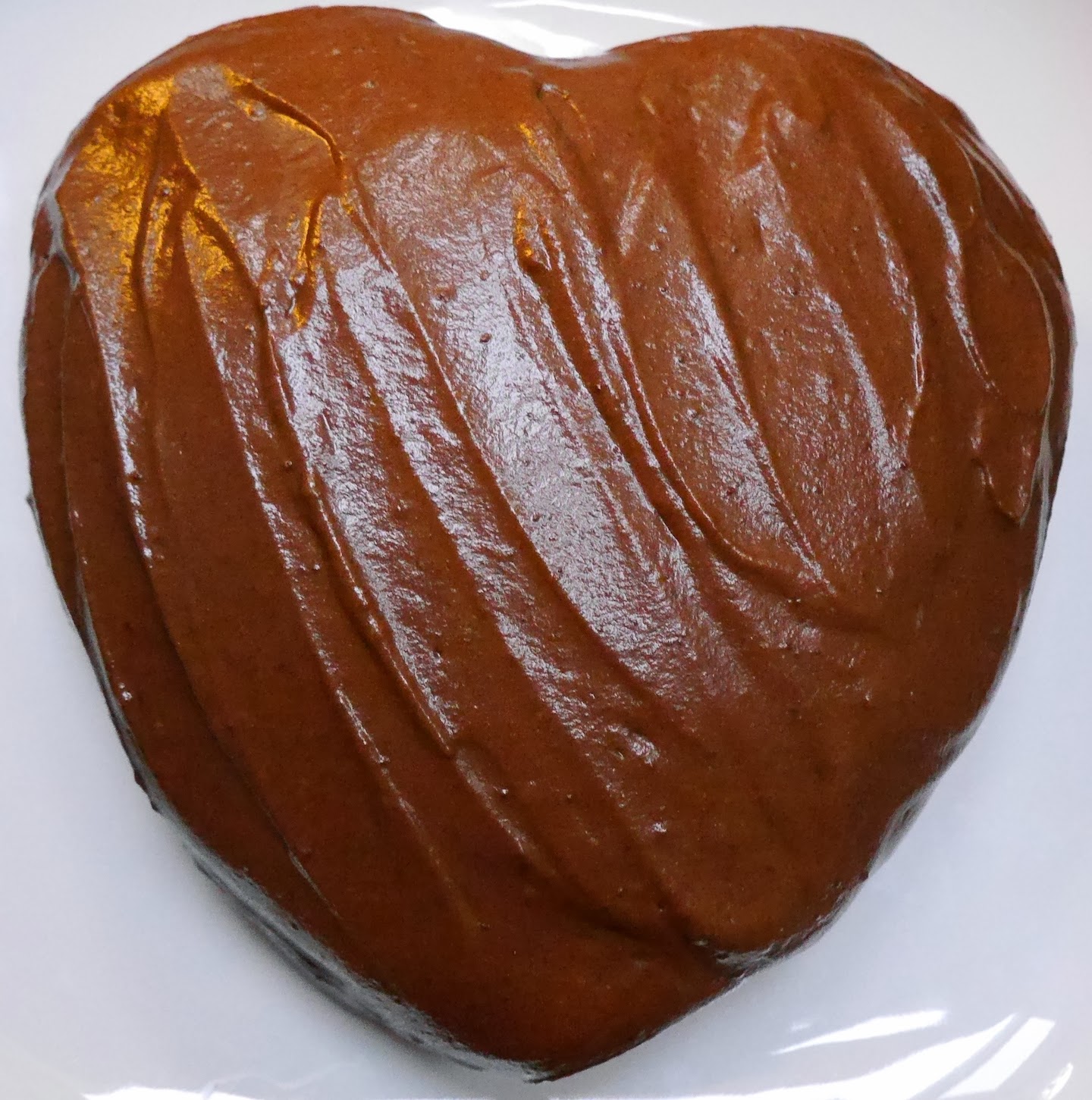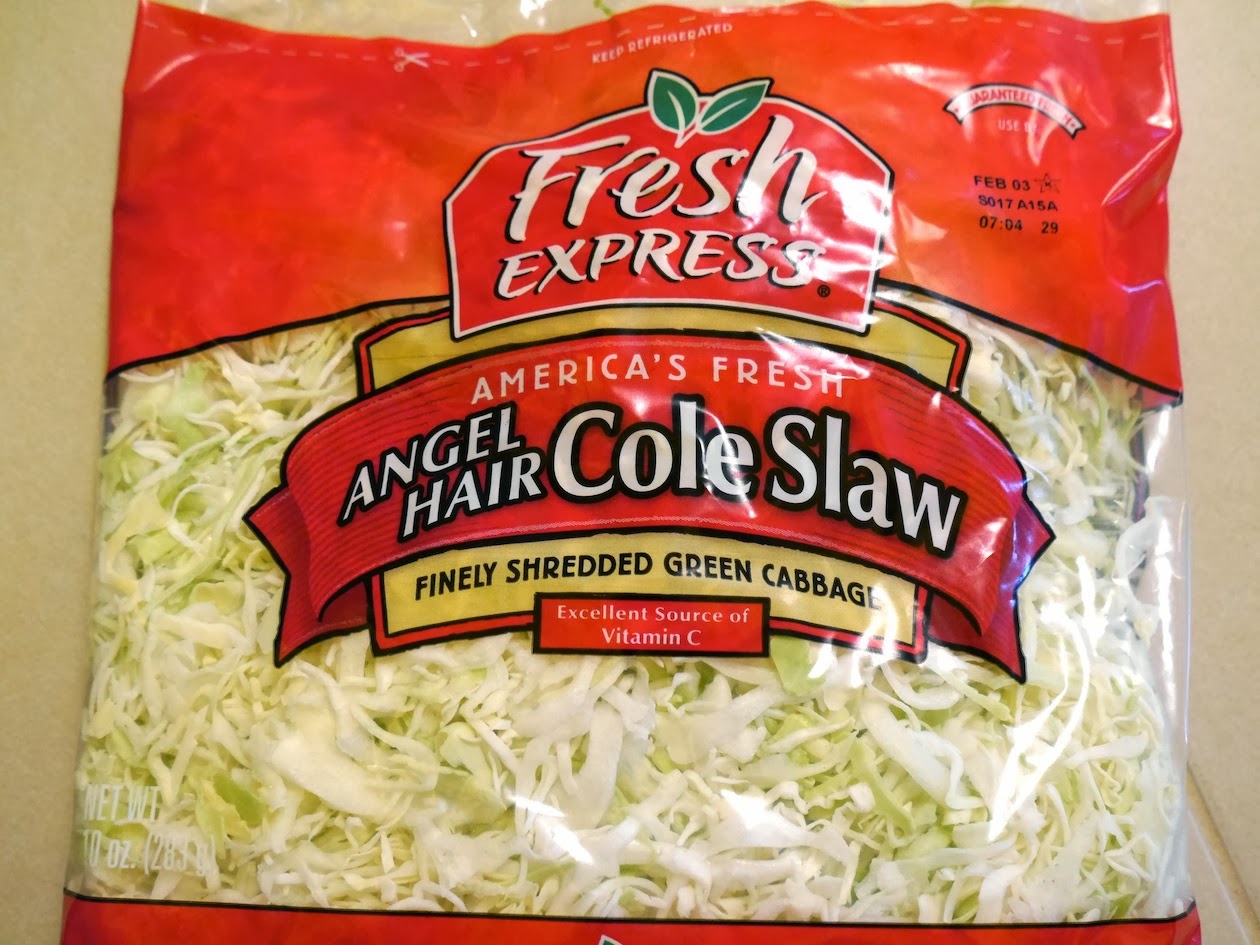 |
| Is your heart older than you are? Follow Foods For Long Life on Facebook and Pinterest. |
Is Your Heart Older Than You Are?
I read an article this morning in the Wall Street Journal about a web-based tool that calculates the biological age of your heart developed by Unilever. It's based on the Framingham Risk Score and uses standard risk factors for heart disease and stroke.
I was very excited to take it (it took less than 2 minutes) because I've always suspected that my heart was younger than my 65 year chronological age. Every time I enter my age in my treadmill or exercise bike it sets a really low target heart rate for me. So when my heart rate barely starts to rise, it tells me it's too high when, in fact, I feel like I can push myself a lot harder.
The Test
The first two questions asks for your age and gender. After inputting this, it immediately told me that the average woman my age has a heart that is biologically 7 years older than their chronological! So now I'm starting to sweat it. What if my heart is actually older than I am? Do I have a 72 year old heart?
It goes on to ask about smoking, current medical conditions, and if your parents have ever had heart problems.
Height, weight, and waist measurements are next. It then asks for total cholesterol and HDL cholesterol levels as well as your systolic blood pressure (the higher, top number).
A few quick questions follow about blood pressure med's and whether or not you have diabetes. And then, voila- the results.
Diet and Exercise Make a Difference
My results were great! Although I'm a 65 year old female, my heart is only 46 versus the average woman my age whose heart is 72 years old. Next time I have to input my age in my exercise equipment, I will enter 46!
My 55 year old husband took the test and has the heart of a 47 year old, despite his family history. His father had a major stroke at the young age of 49. The average 55 year old male has a heart of a 62 year old.
I can only assume that a plant-rich diet and lots of exercise has helped me have a heart that is 26 years younger than the average 65 year old woman and my husband to have a heart that is 15 years younger than the average 55 year old male, despite his family history.
TAKE THE TEST to find out the age of your heart!
More than 700,000 Americans have heart attacks each year and a quarter of all people in the U.S. die from heart disease. If your heart is older than you are, work with a good naturopath on a heart-healthy diet and exercise program.
Diet
I dedicate my life to developing and sharing heart-healthy recipes on this blog and I hope you will make these for yourself and your family or share them with loved ones who need to improve their diet. For less than $10, you can download my eBook, Health Begins in the Kitchen, for 160 healthy vegan recipes, available on iTunes and Amazon. These recipes are the very ones we enjoy each day and you can see they have resulted in us having young and healthy hearts!
Exercise
There are several posts I have written that might help motivate you to "get moving." You can take the One Million Steps, One Hundred Days Challenge. Or, read Lose Weight, Get Fit and Increase Your Activity Level with a Pedometer.
It's never too late to improve your health and lower the age of your heart so TAKE THE TEST and get started!











































